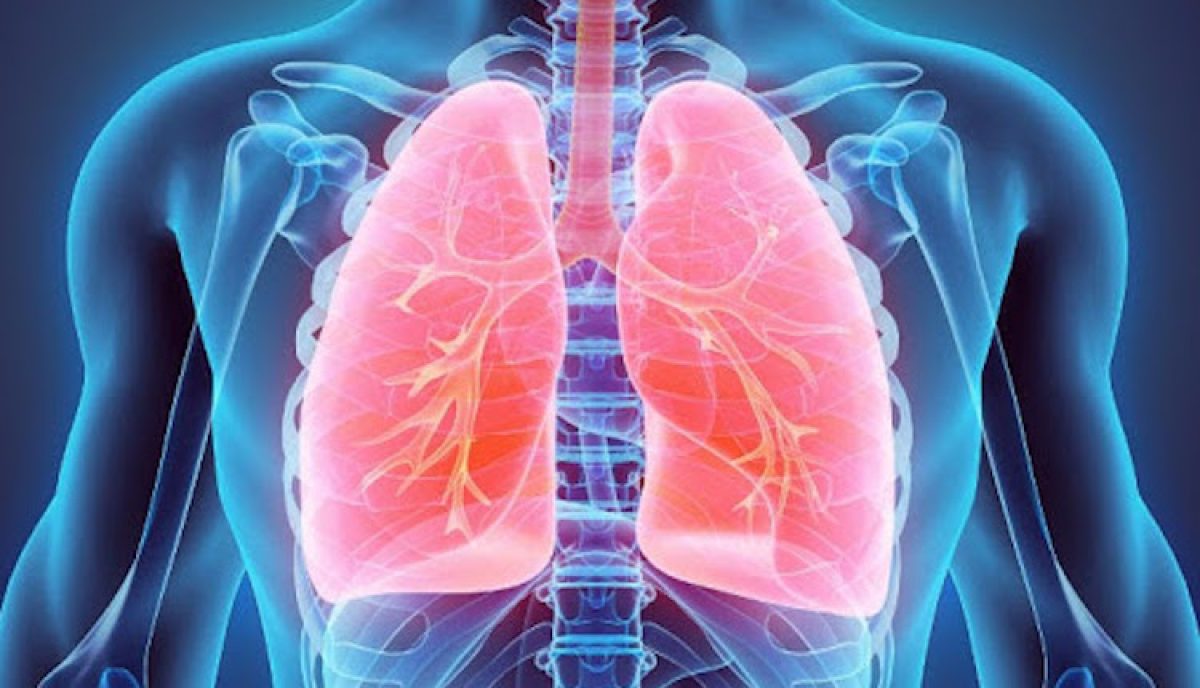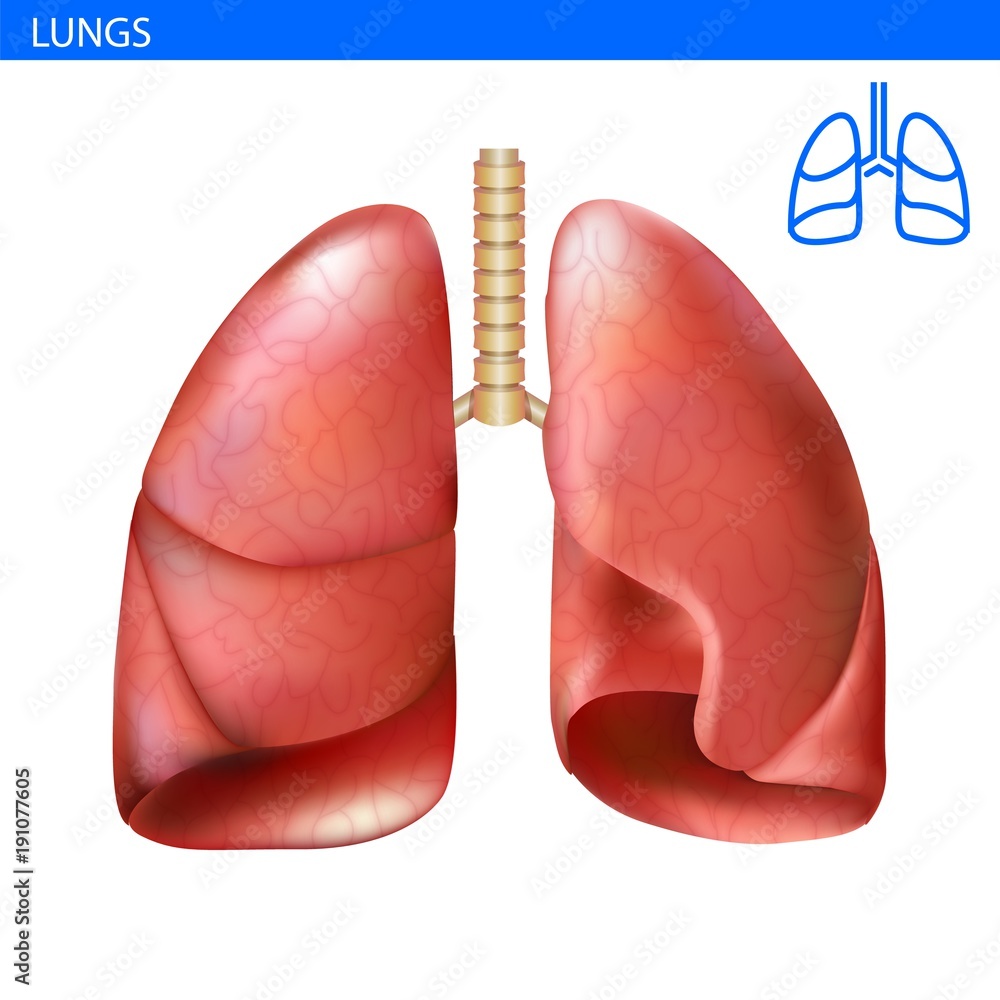Alexandra
Respiratory Systems Anatomical Directions and Body Cavities
What is the Respiratory System ?
The Respiratory System allows one to obtain oxygen, eliminate carbon dioxide.
Breathing consists of two phases, inspiration and expiration.
Inspiration - the process of taking in air
Expiration - the process of blowing out air
This a little diagram of a Respiratory System.

How does the respiratory system work ?
When you inhale (breathe in), air enters your lungs, and oxygen from that air moves to your blood. '
At the same time, carbon dioxide, a waste gas, moves from your blood to the lungs and is exhaled (breathed out). This process, called gas exchange, is essential to life.
Organs of the Respiratory System
- Nose.
- Mouth.
- Throat (pharynx)
- Voice box (larynx)
- Windpipe (trachea)
- Airways (bronchi)
- Lungs.
The upper respiratory tract is made up of the:
Nose
Nasal cavity
Sinuses
Larynx
Trachea
The lower respiratory tract is made up of the:
Lungs
Bronchi and bronchioles
Air sacs (alveoli)
Respiratory System Planes and Anatomical Directions


NASAL CAVITY
The space inside the nose The nasal cavity lies above the bone that forms the roof of the mouth and curves down at the back to join the throat. It is divided into two sections called nasal passages. Air moves through these passages during breathing.


